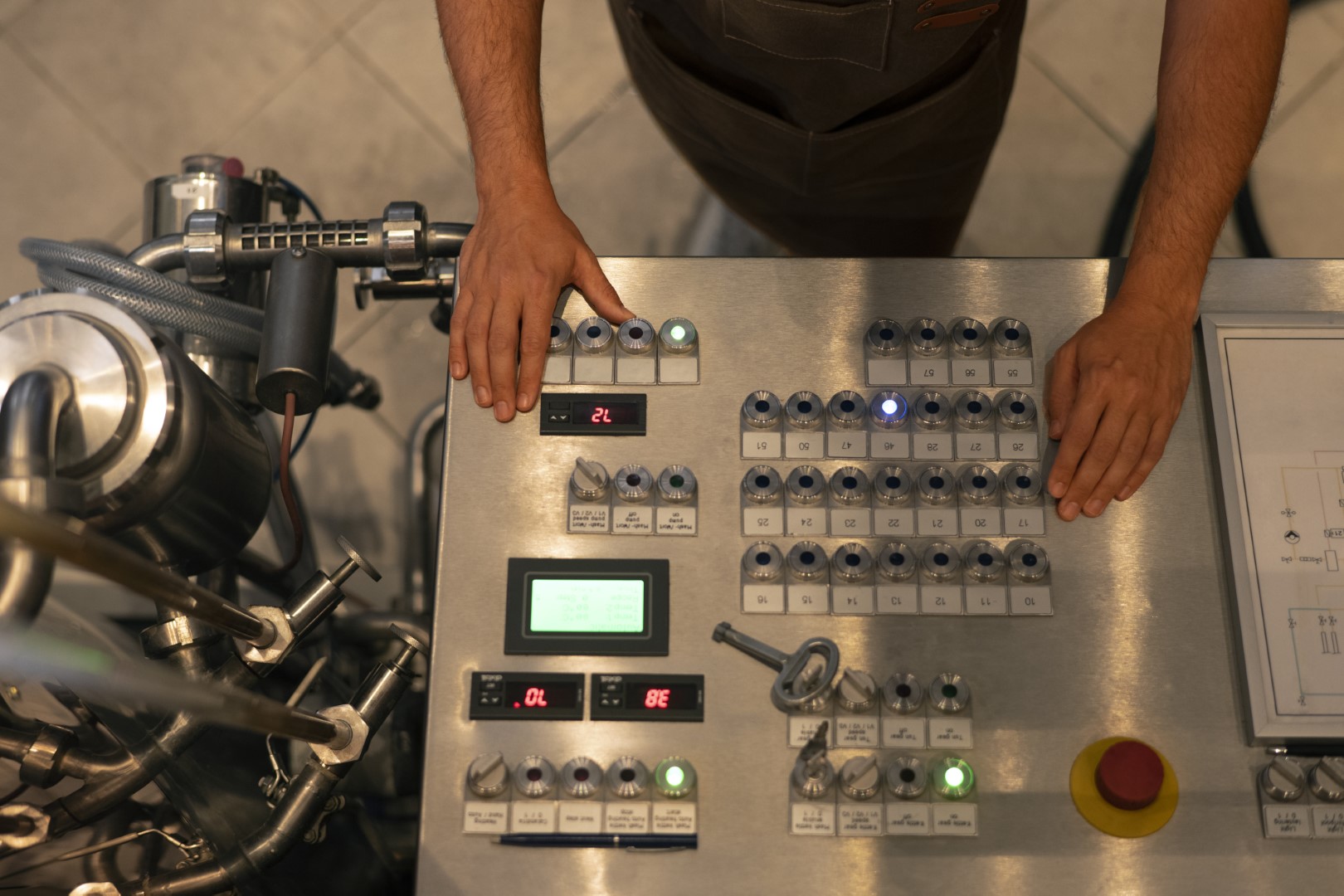The aerospace industry stands as one of the most technologically advanced sectors globally. From aircraft and spacecraft to satellites, every component demands unparalleled accuracy and quality. At the heart of this achievement lies precision engineering, which enables the creation of parts and systems that meet stringent requirements for safety, efficiency, and performance. This blog explores why precision engineering serves as the backbone of the aerospace industry and how it drives innovation and reliability.
What Is Precision Engineering?
Precision engineering refers to designing and manufacturing components and systems with tight tolerances and minimal errors. It is a discipline focused on achieving maximum accuracy, repeatability, and reliability, especially when small deviations could lead to catastrophic failures.
Relevance in High-Stakes Industries
Industries like aerospace, healthcare, and electronics demand precision engineering to produce components that function flawlessly under extreme conditions. For aerospace, this means ensuring the durability and safety of equipment that operates at high altitudes, speeds, and temperatures.
Why the Aerospace Industry Relies on Precision Engineering
Ensuring Safety Standards
In aerospace, safety is non-negotiable. A minor flaw in an aircraft component can lead to severe consequences. Precision engineering ensures that every part, from bolts to turbine blades, meets exact specifications to guarantee optimal performance and passenger safety.
Driving Innovation in Aerospace
Aerospace innovation heavily depends on advancements in precision engineering. It allows manufacturers to develop lighter, stronger, and more fuel-efficient components, paving the way for next-generation aircraft and spacecraft.
Meeting Rigorous Quality Requirements
The aerospace sector is governed by stringent regulations and standards, such as AS9100, which demands top-notch quality. Precision engineering ensures compliance by minimizing deviations and enhancing consistency in production processes.
Key Components Manufactured Using Precision Engineering
Aircraft Engines
Aircraft engines are among the most complex systems, requiring high-precision components such as turbine blades, fuel injectors, and nozzles. These parts must withstand extreme temperatures and pressures, making precision engineering indispensable.
Avionics Systems
Avionics, the electronic systems used in aircraft and spacecraft, demand exceptional accuracy. Components like circuit boards, sensors, and navigation systems are manufactured with extreme precision to ensure reliability and performance.
Structural Components
Wings, fuselage panels, and landing gear are critical structural components. Precision engineering ensures these parts can endure stresses during takeoff, flight, and landing without compromising safety.
Satellites and Spacecraft
Satellites and spacecraft require lightweight and durable materials manufactured with extreme precision. Any error in their construction can lead to mission failure or loss of investment.
Advanced Technologies in Aerospace Precision Engineering
CAD/CAM and Simulation Tools
Computer-Aided Design (CAD) and Computer-Aided Manufacturing (CAM) are essential tools for designing intricate aerospace components. Simulation software allows engineers to test designs in virtual environments, reducing errors and production costs.
Additive Manufacturing (3D Printing)
3D printing enables the production of complex geometries that were once impossible to achieve through traditional methods. This technology is transforming aerospace precision engineering by reducing waste and speeding up prototyping.
CNC Machining
Computer Numerical Control (CNC) machining provides unparalleled precision in creating intricate aerospace parts. It allows for tight tolerances and repeatability, ensuring components meet the required specifications.
Metrology and Inspection Techniques
Metrology is the science of measurement and plays a crucial role in verifying the accuracy of aerospace components. Advanced inspection techniques, such as laser scanning and X-ray tomography, help maintain quality standards.
Challenges in Precision Engineering for Aerospace
Material Limitations
Aerospace components often require advanced materials like titanium and composites. Working with these materials while maintaining precision can be challenging due to their unique properties.
Extreme Operating Conditions
Aerospace parts must perform reliably under extreme conditions, such as high speeds, low temperatures, and intense pressures. Precision engineering ensures these components remain functional, but achieving this is no easy feat.
High Costs and Scalability
Developing high-precision components is expensive, and scaling production without compromising quality poses additional challenges for manufacturers.
Future Trends in Aerospace Precision Engineering
Lightweight Materials and Sustainability
The demand for lighter, more fuel-efficient aircraft is driving innovation in materials like carbon fiber composites and advanced alloys. Precision engineering will play a pivotal role in integrating these materials into production.
AI-Driven Quality Control
Artificial intelligence (AI) is revolutionizing quality control by automating inspection processes and identifying defects with greater accuracy and speed. This trend is expected to become a cornerstone of precision engineering in aerospace.
Advanced Robotics in Manufacturing
Robots equipped with precision tools are increasingly used in aerospace manufacturing to enhance accuracy and reduce human error. This trend will continue to evolve with advancements in robotics technology.
Precision engineering is not just a cornerstone of the aerospace industry; it is its lifeline. By enabling the development of safer, more efficient, and innovative solutions, precision engineering ensures the continued growth and reliability of this high-stakes sector. As technologies advance and challenges evolve, the role of precision engineering will only grow more critical, cementing its status as the backbone of aerospace innovation.

